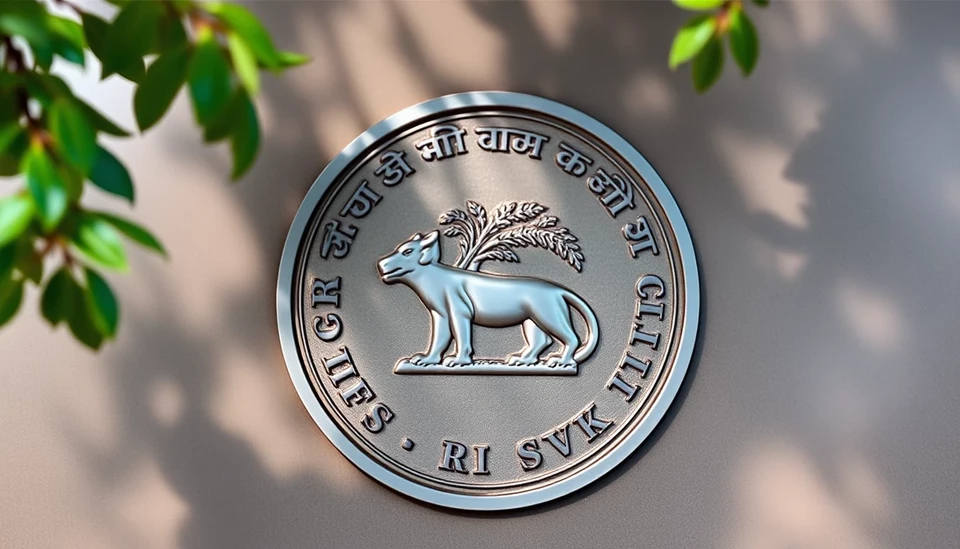
The Reserve Bank of India (RBI) has notably decided to bypass a critical cash management tool, stirring conversations about its implications for monetary policy. This marks the second consecutive quarterly meeting where the RBI has chosen not to utilize the cash reserve ratio (CRR) as a monetary policy instrument, igniting speculation regarding the central bank's direction amid evolving economic conditions.
At the previous policy meeting, held in February, the RBI had also abstained from adjusting the CRR, further underscoring a potential shift in its operational focus. Analysts suggest that the lack of movement could signal the RBI's growing emphasis on a more nuanced approach to managing liquidity, taking into account the ongoing economic challenges and the need to foster growth.
Market experts have expressed mixed reactions to the RBI's decisions. Some believe that the central bank is strategically maintaining a cautious stance given the prevailing uncertainties in global financial markets and domestic economic recovery efforts. With inflation still a concern and economic indicators sending mixed signals, the RBI's current tactics might be aimed at providing stability without excessively tightening liquidity.
Additionally, concerns surrounding external factors such as global interest rates and geopolitical tensions are palpable, influencing the RBI's monetary policy framework. The central bank seems to be navigating through a complex landscape where balancing growth and inflation is of paramount importance.
Looking ahead, the RBI's future meetings will be closely scrutinized by investors and economic analysts alike. The central bank's indication towards avoiding traditional tools, like the CRR, could represent a philosophical shift in its approach, compelling stakeholders to reconsider long-held beliefs about monetary policy in India. Such changes may also affect the country’s financial markets, as adjustments to key tools invariably influence market sentiment and interest rates.
In the backdrop, the RBI's communications have been clear about its commitment to ensure adequate liquidity in the economy, highlighting an adaptation to the realities of a post-pandemic economic environment. As the central bank seeks to maintain a delicate balance, its next moves will be pivotal in shaping India's economic outlook for the foreseeable future.
Overall, the RBI's choice to skip the cash reserve ratio for the second time prompts a deeper examination of its policy strategy and priorities, sparking dialogue that extends beyond mere monetary measures into broader economic frameworks and growth narratives in India's complex marketplace.
#RBI #India #MonetaryPolicy #CashReserveRatio #EconomicGrowth #Inflation #MarketTrends #LiquidityManagement
Author: Rachel Greene




